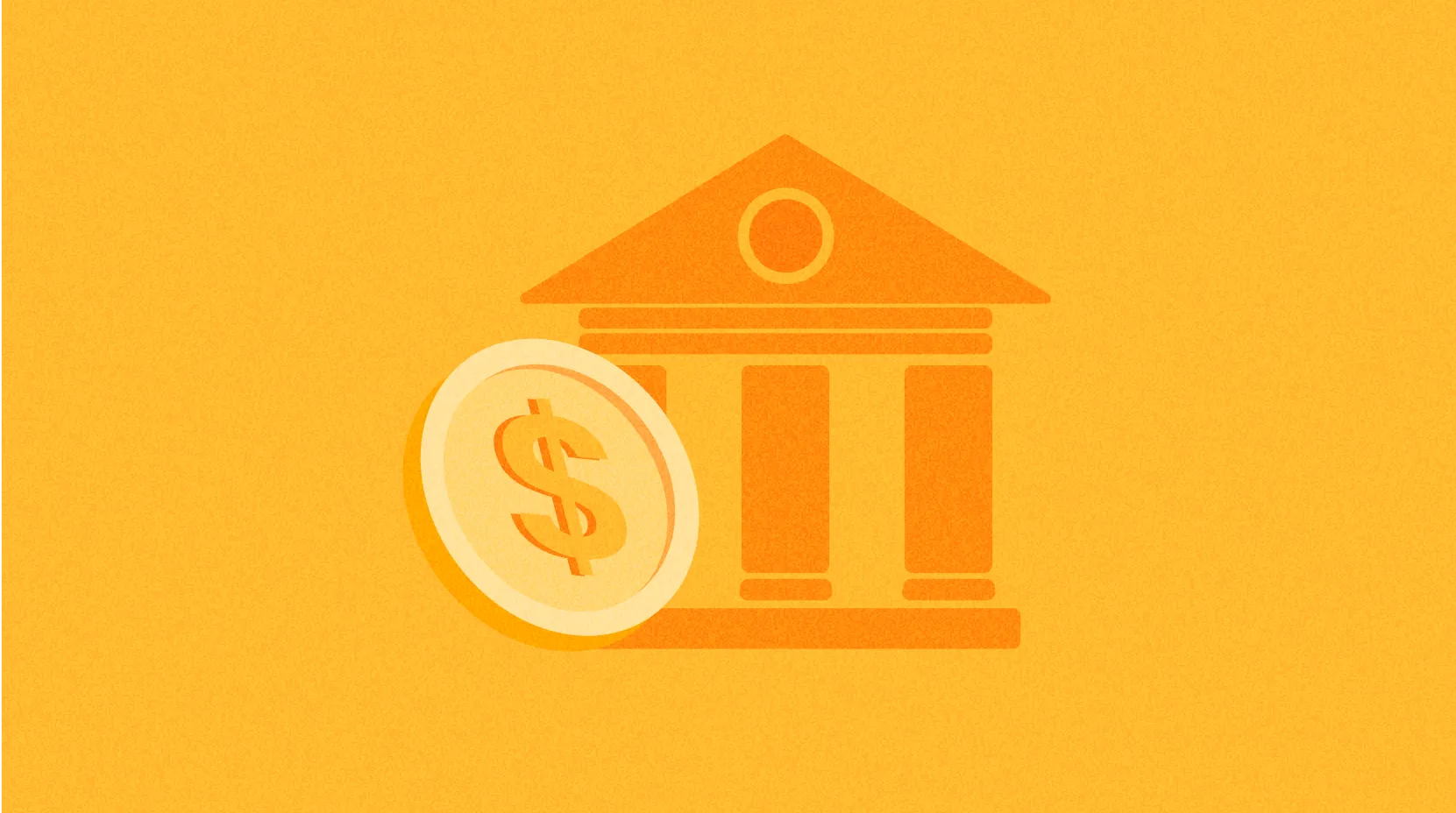What Does FOMO mean

FOMO (Fear Of Missing Out) refers to the anxiety investors feel when they worry about missing market uptrends or potential profit opportunities, often leading to hasty investment decisions without rational analysis. In cryptocurrency markets, FOMO is an extremely common psychological phenomenon typically triggered during rapid market increases or when specific tokens experience price surges. This emotionally driven trading behavior frequently results in investors buying at price peaks, potentially facing severe financial losses.
FOMO constitutes an important component of market psychology, directly influencing cryptocurrency price volatility and liquidity. When numerous investors simultaneously buy due to FOMO, short-term price spikes occur, further intensifying the FOMO sentiment and creating a positive feedback loop. This phenomenon is particularly evident in today's highly developed social media environment, where investors constantly see information about others profiting from certain tokens, exacerbating their fear of missing out.
The key characteristics of FOMO manifest in several aspects. First, it typically accompanies emotional decision-making, where investors often ignore fundamental analysis and technical indicators, making decisions based solely on market sentiment and short-term price movements. Second, FOMO trading is generally impulsive, with investors potentially committing funds without thoroughly understanding project backgrounds, technical foundations, or market risks. Additionally, social influence plays a crucial role in FOMO, as actions by friends, social media influencers, or large investment institutions can trigger herd mentality among ordinary investors. Lastly, FOMO trading frequently occurs after prices have already risen significantly, when investors fear permanently missing profit opportunities, leading them to buy at market peaks.
Regarding market impact, FOMO significantly shapes cryptocurrency markets. It not only drives short-term price surges but often serves as a key factor in market bubble formation. Both Bitcoin's approach to $20,000 in 2017 and the frenzied token price increases in 2021 were partly fueled by FOMO psychology. Furthermore, FOMO increases market volatility, making price trends more unpredictable and attracting more speculators, creating a speculative cycle. Notably, the 24/7 trading nature of cryptocurrency markets, combined with instant social media dissemination, allows FOMO sentiment to spread rapidly and influence market behavior globally.
The risks and challenges associated with FOMO trading cannot be overlooked. Most obviously, there's financial risk, as investors may buy at market peaks and subsequently face price corrections or even crashes. Second is psychological stress, as irrational decisions often lead to regret, anxiety, and pressure, affecting investors' mental health and future decision-making abilities. Additionally, FOMO can cause investment dispersion, with investors chasing various trending tokens without a coherent investment strategy. More seriously, scammers and manipulators frequently exploit FOMO psychology to design Ponzi schemes or pump-and-dump schemes, causing unwary investors to suffer losses.
FOMO represents a powerful and pervasive psychological phenomenon in cryptocurrency markets, and understanding its nature and impact is crucial. For investors, establishing rational investment strategies, conducting thorough research, and setting clear investment limits are effective methods to resist FOMO's influence. As crypto markets continue to mature and investor education becomes more widespread, we may witness more rational market participation, reducing purely FOMO-driven investment decisions. However, as a fundamental part of human psychology, FOMO will likely continue playing an important role in various markets, influencing price fluctuations and investment behaviors.
Share
Related Articles

Top 10 Meme Coin Trading Platforms

What's Behind Solana's Biggest Meme Launch Platform Pump.fun?
